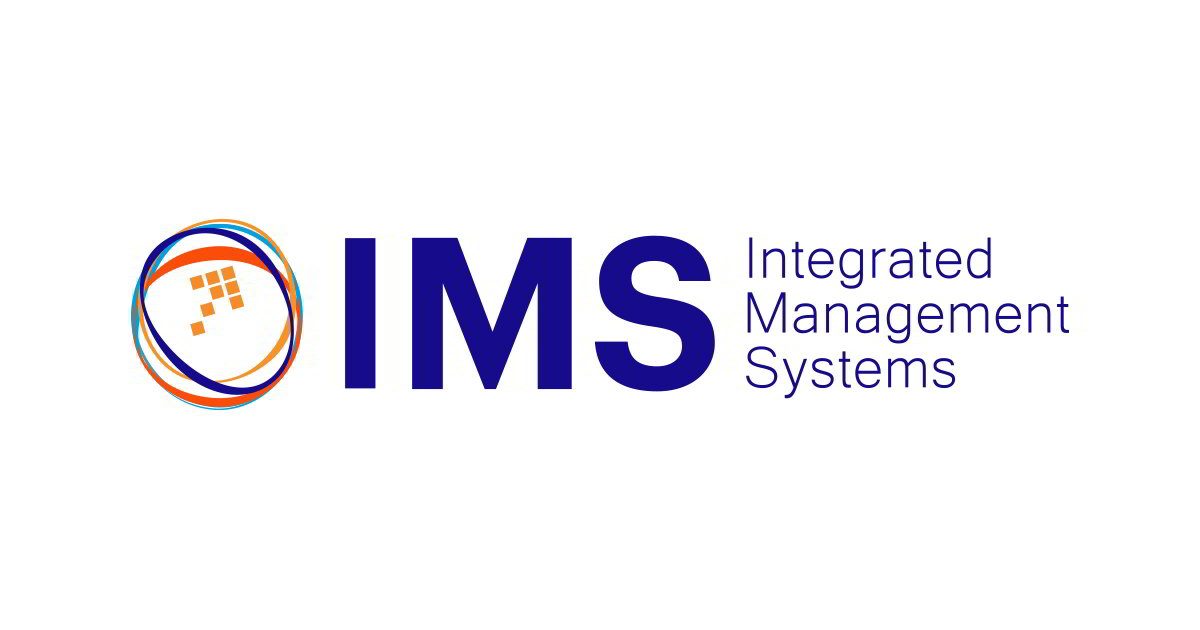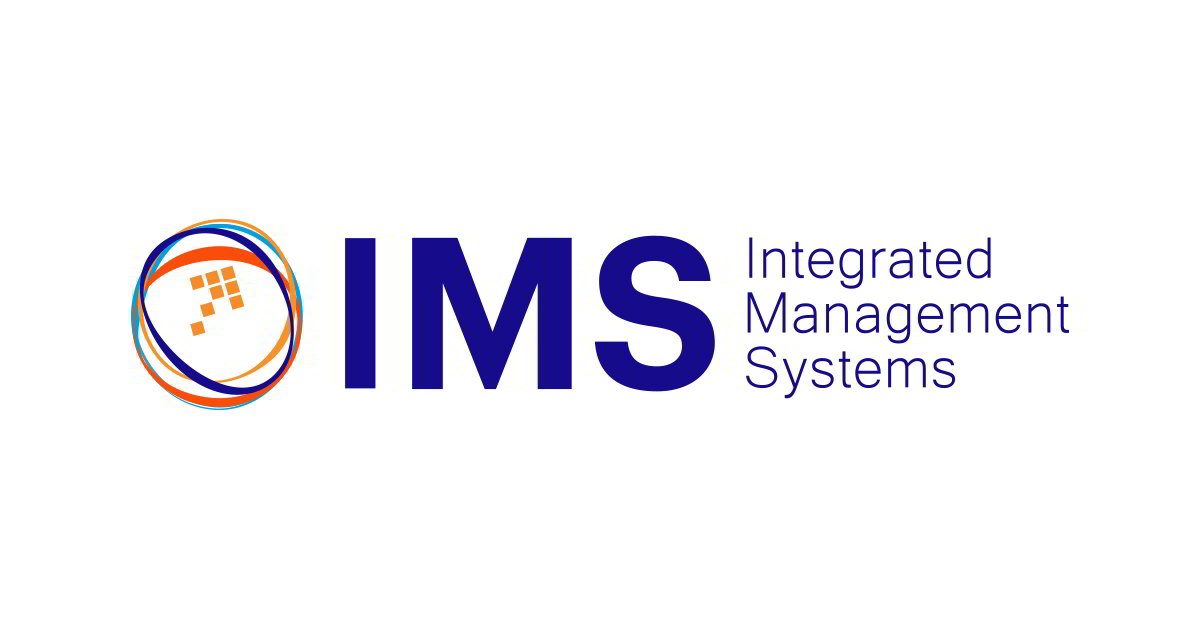Challenges and Solutions in Implementing an Integrated Management System (IMS)
Implementing an Integrated Management System (IMS) that combines standards such as ISO 9001 (Quality), ISO 14001 (Environment), ISO 45001 (Occupational Health & Safety), and others is increasingly recognized as a strategic approach for organizations. While the benefits include streamlined processes, reduced duplication, and enhanced organizational performance, the implementation of IMS presents significant challenges.
Below is a detailed exploration of these challenges and potential solutions.
Click Here to Download Integrated ISO Management Systems (IMS) Toolkit
Challenges in Implementing IMS
- Complexity of Integration
- Challenge: Merging multiple management systems often leads to complexity, especially if the individual systems have distinct structures, objectives, and documentation requirements.
- Example: Aligning the risk-based thinking in ISO 9001 with the lifecycle perspective in ISO 14001.
- Resistance to Change
- Challenge: Employees and stakeholders may resist transitioning to an IMS due to fear of the unknown, additional workload, or perceived loss of departmental autonomy.
- Example: Employees accustomed to siloed processes might struggle with cross-functional collaboration required by an IMS.
- Resource Constraints
- Challenge: Implementing IMS requires significant investment in time, money, and skilled personnel. Small and medium enterprises (SMEs) often find this overwhelming.
- Example: Hiring consultants, training employees, and upgrading IT systems to handle IMS requirements.
- Inconsistent Organizational Culture
- Challenge: An organization with a fragmented culture may find it difficult to establish unified objectives and integrate management systems effectively.
- Example: Different departments prioritizing their specific standards (e.g., safety over quality or vice versa).
- Documentation Overload
- Challenge: Developing, maintaining, and synchronizing documentation for all standards can be daunting.
- Example: Ensuring that documented information for ISO 9001 aligns with the operational controls of ISO 45001 and ISO 14001.
- Auditor and Certification Challenges
- Challenge: Finding a certification body or auditor experienced in IMS assessments can be difficult, leading to potential mismatches in expectations and audit scope.
- Example: Ensuring auditors comprehend the integrated nature of processes rather than evaluating them in silos.
Click Here to Download Integrated ISO Management Systems (IMS) Toolkit
Solutions for IMS Implementation
- Strategic Planning and Gap Analysis
- Solution: Conduct a thorough gap analysis to assess the current state of individual management systems against IMS requirements. Develop a detailed implementation plan with clear objectives, milestones, and timelines.
- Example: Use IMS-specific tools and software to map common requirements across standards.
- Top Management Commitment
- Solution: Ensure strong leadership commitment by demonstrating the strategic benefits of IMS, including cost reduction and enhanced compliance.
- Example: Top management can champion IMS through regular communication and participation in IMS-related initiatives.
- Stakeholder Engagement
- Solution: Involve employees and stakeholders early in the process. Use workshops, training sessions, and regular updates to build awareness and ownership.
- Example: Organize cross-departmental IMS teams to foster collaboration and address concerns.
- Streamlined Documentation
- Solution: Develop a unified documentation structure that satisfies the common clauses of the standards. Leverage digital tools to manage documentation efficiently.
- Example: Use templates that integrate policies, procedures, and records for multiple standards.
- Training and Capacity Building
- Solution: Train employees on IMS principles, processes, and their roles in implementation. Certification programs for IMS coordinators can enhance in-house expertise.
- Example: Conduct role-based training to ensure all employees understand how IMS applies to their work.
- Technology Integration
- Solution: Implement management software that facilitates integration by automating data collection, tracking compliance, and generating reports for multiple standards.
- Example: Use cloud-based platforms for real-time monitoring of quality, safety, and environmental metrics.
- Phased Implementation
- Solution: Adopt a phased approach, starting with standards that share commonalities and gradually incorporating others.
- Example: Begin with ISO 9001 and ISO 14001 before integrating ISO 45001.
- Continuous Improvement Framework
- Solution: Embrace the Plan-Do-Check-Act (PDCA) cycle to ensure ongoing improvement of the IMS. Regular internal audits and management reviews can identify gaps and drive corrective actions.
- Example: Establish a feedback loop for employees to share insights on IMS efficiency and areas for improvement.
- Select Experienced Certification Bodies
- Solution: Partner with certification bodies or auditors experienced in IMS to ensure alignment with integrated processes.
- Example: Research and select certification bodies with a proven track record in assessing multiple standards.
Click Here to Download Integrated ISO Management Systems (IMS) Toolkit
Conclusion
Implementing an IMS is a transformative step for organizations aiming to enhance efficiency, compliance, and stakeholder satisfaction. While challenges such as complexity, resistance to change, and resource constraints exist, adopting strategic solutions like strong leadership, stakeholder engagement, streamlined documentation, and advanced technology can ensure a successful implementation.
Organizations that overcome these challenges not only benefit from reduced operational redundancies and improved performance but also position themselves as leaders in sustainable and integrated management practices. As the business environment evolves, the IMS framework provides the adaptability and resilience needed to thrive in a competitive landscape.
Click HERE to download or any of the following documents:
IATF 16949 Automotive Quality Management Implementation Kit
ISO/IEC 17025 Laboratory Management System Implementation Kit
HACCP Implementation Kit
ISO 9001 Quality Management Systems (QMS) Implementation
ISO 22000 Food Safety Management Systems (FSMS) Implementation
Food Safety Systems Certification (FSSC) 22000 v5 Implementation
ISO 14001 Environmental Management Systems (EMS) Implementation
ISO 45001 Occupational Health & Safety Management Systems (OH&SMS) Implementation
ISO 50001 Energy Management Systems (EnMS) Implementation
Integrated Management Systems (IMS) Implementation
Production, Quality Control / Equipment Maintenance Kit
Lean Six Sigma
Lean Management/Manufacturing
Six Sigma Kit
Supplier Quality and Compliance Management (SQCM) Kit
Risk Management
Industrial Health, Safety & Environmental Management (HSE) Kit
Process Manuals


